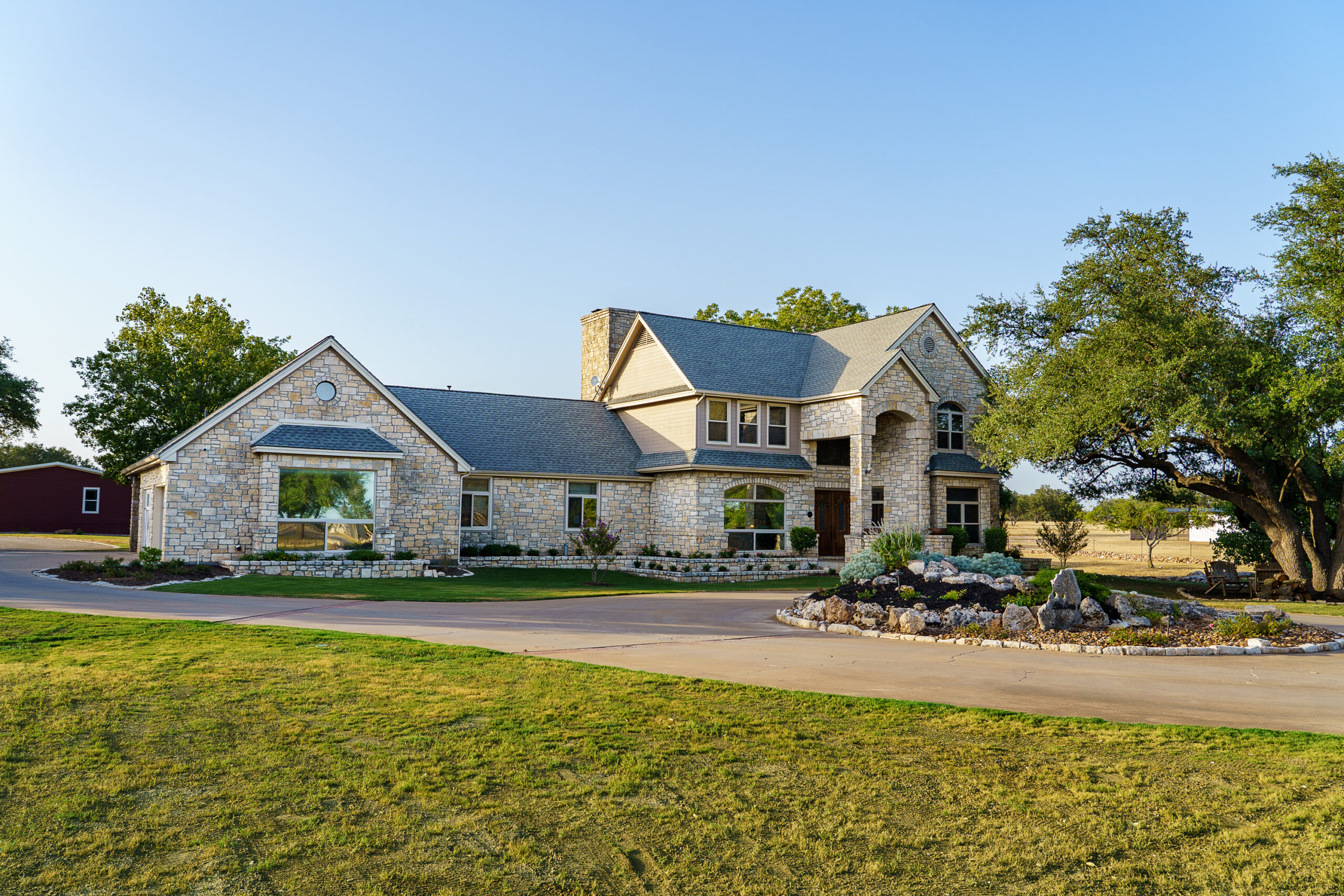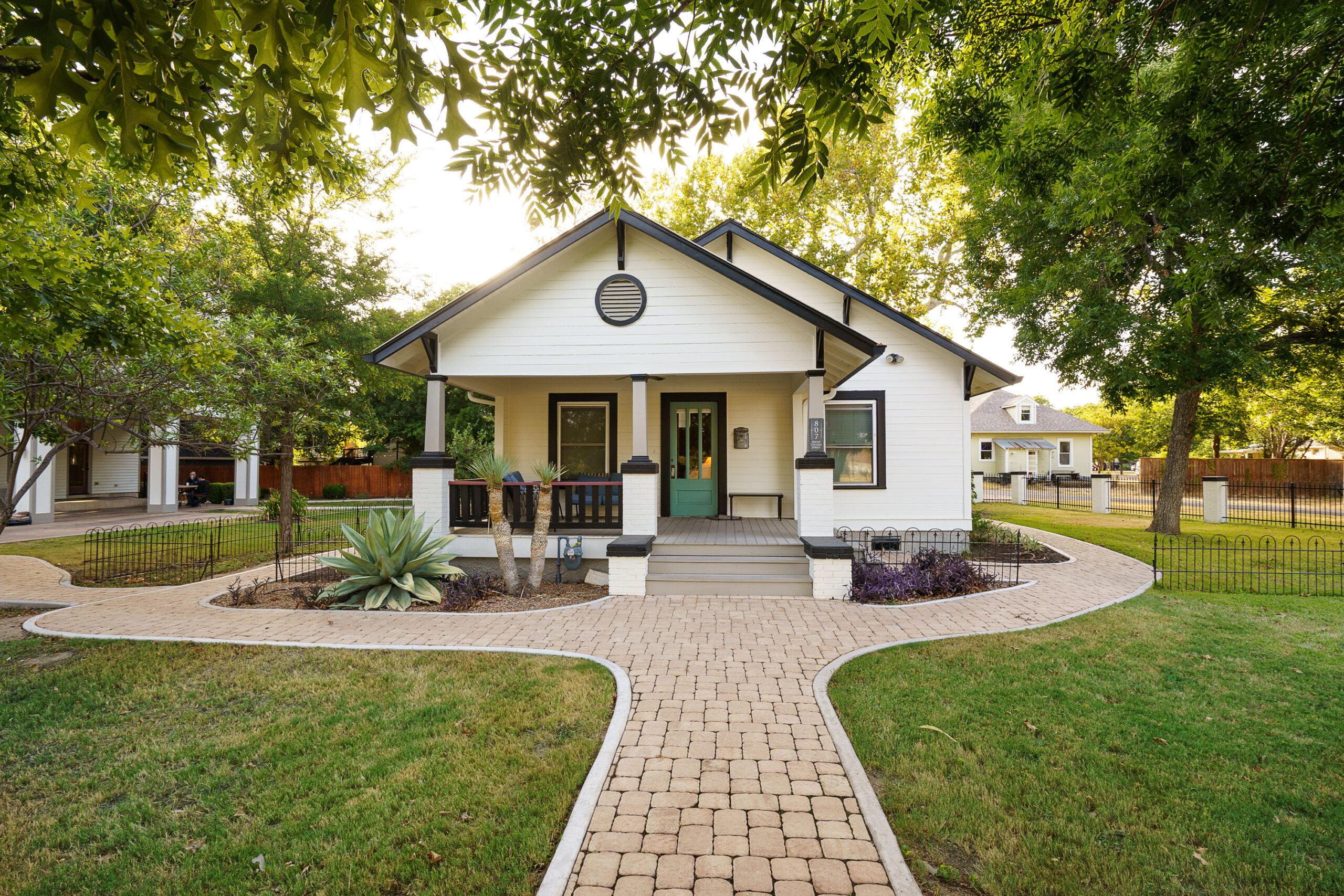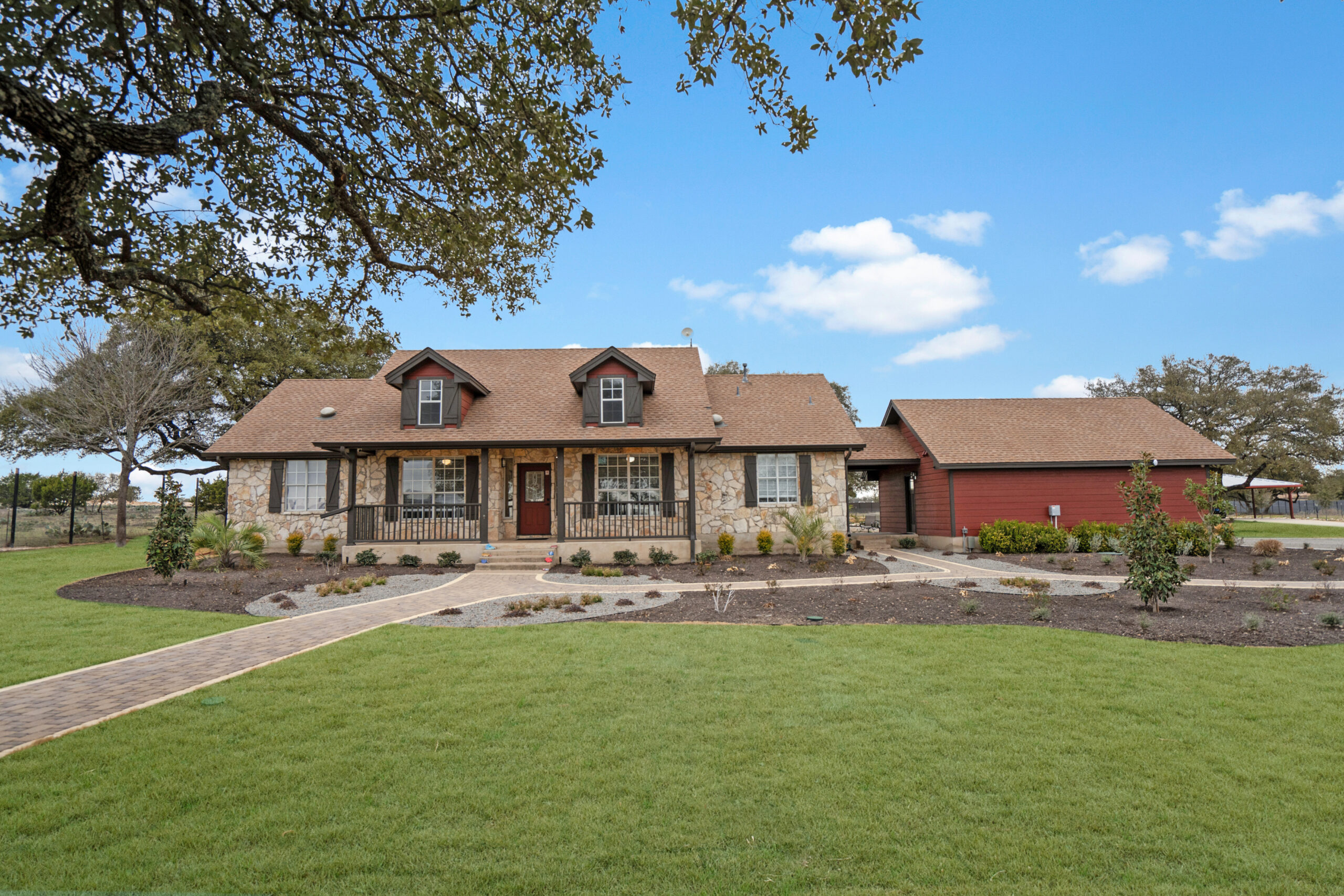Important Considerations for Choosing Bipolar Disorder Treatment Centers
Finding the best treatment centers for bipolar disorder involves a few key considerations. First, consider the level of care provided. Treatment centers should offer a range of services from outpatient care to intensive residential programs. This flexibility allows patients to receive care that best matches the severity of their condition.
Next, location matters. While some individuals benefit from a change of scenery, being close to family can provide essential support. Examine both local and distant options when searching for the best treatment centers for bipolar disorder, as each offers distinct advantages.
Finally, examine the specializations of the treatment centers. Ensure the institution employs clinicians experienced in treating bipolar disorder and capable of customizing programs to patient needs.
What Makes a Great Treatment Center for Bipolar Disorder?
The qualifications of clinicians are paramount. A great center will have licensed professionals with extensive experience in bipolar disorder treatment. These experts create personalized plans that merge medication management with cognitive therapies.
Another crucial factor is the use of evidence-based treatments. Centers renowned for their clinical practice often incorporate therapies such as cognitive behavioral therapy (CBT) and dialectical behavior therapy (DBT), known to be effective in managing bipolar symptoms.
Patient reviews provide valuable insights. Centers with positive feedback are often those that prioritize patient experience and outcomes. They create an environment of trust and healing, making it easier for clients to engage fully in their recovery journey.
Lastly, the best treatment centers for bipolar disorder often boast integration with local health services. This connection helps ensure continuity of care, facilitating seamless transitions from intensive therapy to regular outpatient follow-ups.
What Qualifies as a Bipolar Disorder Crisis?
A bipolar disorder crisis can include severe mood swings that disrupt daily functioning, suicidal ideations, or psychotic episodes. In such situations, immediate professional intervention is essential to stabilize the individual and prevent harm.
- Suicidal thoughts or attempts
- Mental confusion or hallucinations
- Extreme agitation or impulsive behavior
- Severe depressive or manic episodes
Recognizing these symptoms early and seeking help from the best treatment centers for bipolar disorder can significantly impact recovery outcomes.
How to Determine the Quality of a Treatment Center
To evaluate treatment centers, start by looking at their accreditations. Centers accredited by reputable bodies like the Joint Commission demonstrate commitment to maintaining high standards in mental health care.
Another quality indicator is the range of therapies offered. Effective centers provide a comprehensive suite of services, including individual therapy, group sessions, and holistic approaches like mindfulness and art therapy.
Patient testimonials reveal much about the center’s approach and success rate. Positive stories and case studies highlight the center’s ability to foster recovery and empower individuals.
The support structures available, such as family counseling and aftercare programs, are also critical. These services ensure patients have continuous support, reducing the risk of relapse.
Steps to Find the Best Treatment Centers for Bipolar Disorder
- Research and Compile: Gather a list of potential treatment centers from online resources and recommendations.
- Check Credentials: Verify their accreditations and the qualifications of their healthcare providers.
- Evaluate Services: Look for a center that offers a variety of therapies and has a track record of success in treating bipolar disorder.
- Read Reviews: Use patient testimonials to gauge satisfaction and effectiveness.
- Contact Centers: Reach out to discuss their treatment approach, costs, and insurance options.
- Visit Sites: If possible, tour the center to assess the environment and meet the staff.
By following these steps, you increase your chances of finding the best treatment centers for bipolar disorder that suit your specific needs.
Adapting to the Evolving Needs of Bipolar Disorder Treatment
The field of mental health constantly evolves, and so must treatment approaches. The best centers integrate the latest research and techniques, ensuring that patients benefit from contemporary, effective treatments.
More centers now embrace technology, offering virtual therapy sessions that make treatment more accessible. This flexibility allows for early intervention and continuous support, regardless of location.
Peer support programs are gaining recognition for their ability to provide empathy and understanding, facilitating recovery alongside traditional therapy forms.
Finally, the importance of personalized care cannot be overstated. New methods emphasize tailoring treatments to fit individual lifestyles and preferences, ensuring each patient receives the best care possible.







